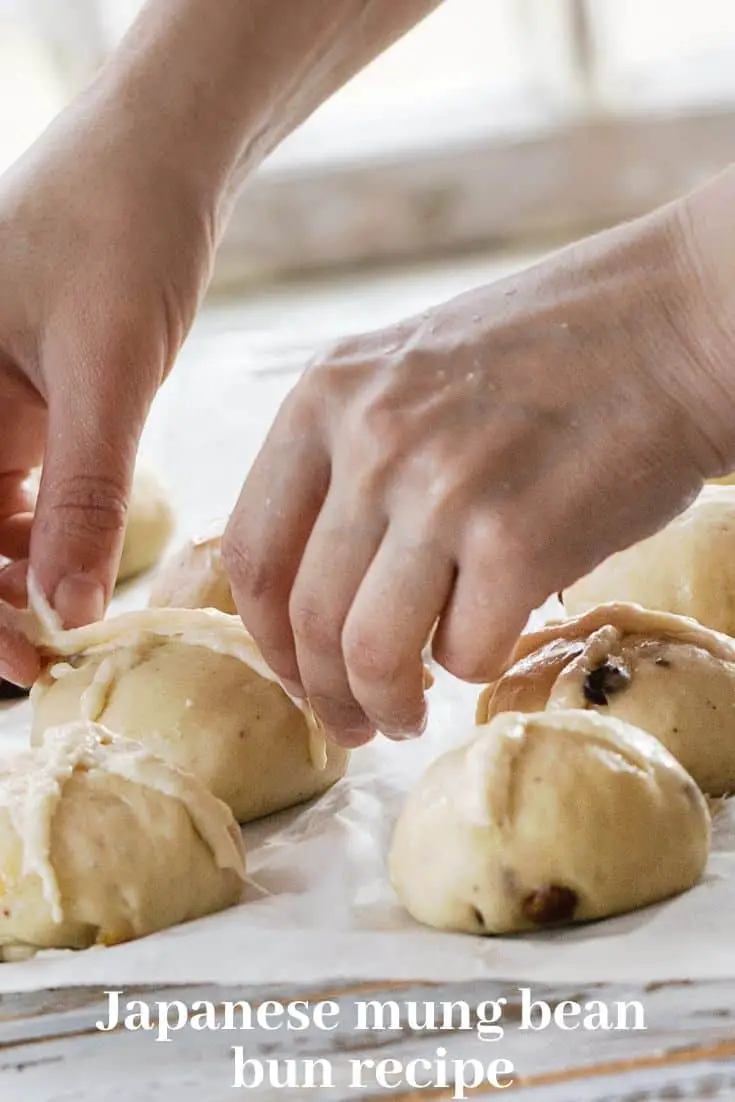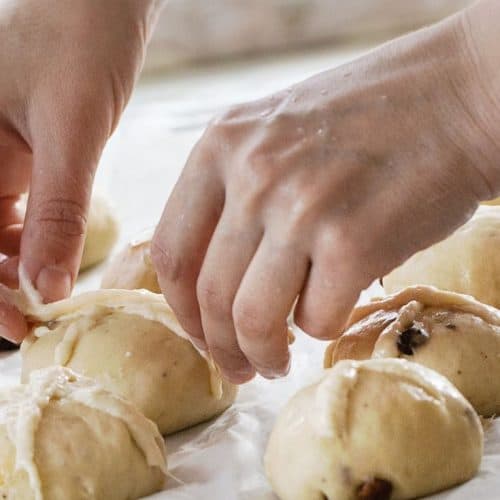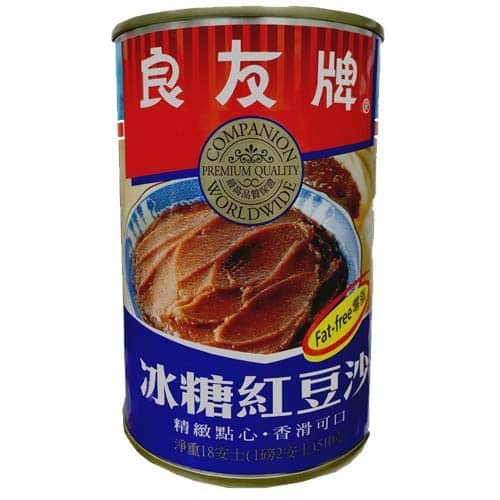Japanese mung bean bun recipe takes some prep but is SO GOOD
Do you love pastries and baked goods? If yes, then you’ll love the mung bean bun. It’s a classic Japanese pastry that is filled with sweet red bean paste inside a soft bun.
This recipe will give you a step by step guide to making the best mung bean bun by yourself.
These pastries make for the perfect snack to have on-the-go or paired with your favorite latte.

I got introduced to these delicacies a few years back through an Asian bakery. The red bean paste is such that it melts in your mouth when you take the first bite.
That is followed by the soft texture of the bun in your mouth and its heaven!
While this pastry is one of the guilty pleasures, I like indulging in on special occasions. For people living in Japan, this is a very common comfort food.
Eating sweets when one is stressed helps people in alleviating that stress.

Check out our new cookbook
Bitemybun's family recipes with complete meal planner and recipe guide.
Try it out for free with Kindle Unlimited:
Read for freeIn this post we'll cover:
How To Make Mung Bean Paste?
If you plan on making mung bean buns from scratch, I’d recommend making the red bean paste before. If you can’t be bothered with that, the store brought paste works just as well.
I, myself prefer making my mung bean paste in a pressure cooker.
Here’s a quick run-over of how you can make the mung bean paste by yourself:
- Take red beans and soak them overnight
- Then, grab a pressure cooker
- Drain the beans of water and place them in the cooker
- Now add water around thrice the amount of the red beans in the cooker
- Cook the beans till they’re soft
- Remember to keep a close check so you don’t accidentally burn the beans
- Once the beans are done, turn off the heat and use a wooden spatula to smash the bean
- Then simmer off the extra water with sugar until a paste is formed
Your mung bean paste is done!
This recipe is for the smashed mung bean paste which is ideal to be used in mung bean buns, the traditional smooth bung bean paste is a bit different.
Once you have your mung bean paste done (either homemade or store-bought), mung bean buns become the easiest dish to make at home!
I make it often myself, but I love the Companion Red Bean paste here from Amazon if you’re pressed for time or just dreading the idea of having to make that yourself, it saves a lot of the prep time of course:
Yes, making homemade bread can be intimidating but remember, practice makes perfect! Therefore, don’t give and you’ll one day make the best mung bean buns all by yourself!

Japanese Mung Bean Bun recipe
Ingredients
- 1 ¾ cup bread flour plus extra for sprinkling
- ¼ cup sugar
- 1 tbsp salt
- 1 packet dry instant yeast
- 1 large egg
- 2 ½ tbsp butter (unsalted and cut in cubes)
- 3 ½ tbsp milk (keep at room temperature)
- 3 ½ tbsp water (keep at room temperature)
- 300 grams mung bean paste
For toppings
- 1 large egg
- black sesame seeds (optional)
- a little bit of water
Instructions
- Follow all these directions in order without missing out on any in between:
- Get all the ingredients in one place. In a big bowl, combine the flour, sugar, salt, and yeast
- Give the dry ingredients a little mix and set aside
- In a separate bowl, beat the egg
- Now, add the beaten egg to the dry ingredients
- At this point, add in the water and milk too
- Now, use your hands to incorporate this mixture, mix until all ingredients are well combined
- The dough will be quite sticky but keep mixing it till it all comes together and you have a ball of dough
- Let the dough rest for a couple of minutes and clean out the counter so you can start the rolling
- For the rolling, sprinkle some loose flour on the counter-top and punch the dough. The key is to lengthen and stretch the gluten strands within the dough
- Once the dough is relatively elastic and around 25 cm in length, place the butter cubes on the dough and roll the dough, tucking the butter in it
- Continue the kneading process by tucking and rolling, you’ll see the dough becomes soft and smooth
- Once done, let the dough proof in a warm space for an hour or so
- Once proofing is done, divide and shape the dough in small balls
- Rest these balls for 15 minutes and then roll the dough so they form these little circles with a diameter of around 8 cm
- Now, scoop the mung bean paste and place it in the center of the dough, pull up the sides and seal the dough so no paste can escape
- Placing the dough in your pal and rotating it to seal makes the process much easier
- Once done, place all dough balls in the oven and cover it with egg wash and sprinkle some black sesame seed on top, let the dough rest for a couple of minutes
- Bake for 15 mins
- Once, all mung bean buns have obtained a golden-brown color, take them out and serve them
I hope you enjoy the recipe and if you try it, do let us know your experience and any tips you found particularly helpful. You can enjoy these mung bean buns at breakfast, as a dessert or snack.
So, this was the Mung bean buns recipe. The total time for the recipe includes the resting time.
Where Did the Mung Bean Bun Originate?
When I first heard about these buns, I was super intrigued that who even came up with this idea?
Did a baker just randomly wake up one morning and decided that red bean paste in a bun would be good? Or was it an accidental success?
So I Googled the origins and came across this Mr. Kimura who is said to have come up with this Mung Bean Bun.
Our story starts in 1875 in the Meiji period. A samurai named Mr. Kimura lost his job because of the termination of samurais as a social class. Mr. Kimura then took on a job as a baker.
At that time, Japan was becoming westernized and bakeries started appearing.
These bakeries brought with them bread as we know it today. At that time, red bean paste filled in a mochi was a very popular cuisine.
Mr. Kimura changed that recipe and replaced the mochi with the western bread. This new invention was a quick success.
And thus, it started the era of this delicious food which is still popular today. In fact, Mr kimura’s bakery is also a big name in Japan Kimuraya.
Conclusion
We hope this recipe will prove helpful to you. Remember to sift the dough and follow all instructions. You’ll surely get the best results and don’t forget to enjoy the buns!
Check out these delicious Filipino Mamon pastries as well if you’re feeling adventurous!
Check out our new cookbook
Bitemybun's family recipes with complete meal planner and recipe guide.
Try it out for free with Kindle Unlimited:
Read for freeJoost Nusselder, the founder of Bite My Bun is a content marketer, dad and loves trying out new food with Japanese food at the heart of his passion, and together with his team he's been creating in-depth blog articles since 2016 to help loyal readers with recipes and cooking tips.

